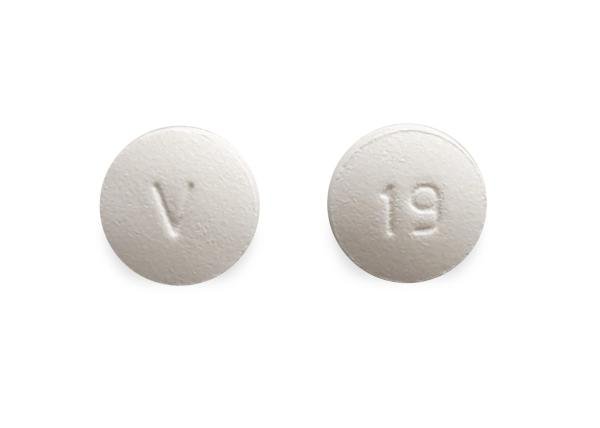Solifenacin Dosage
Medically reviewed by Drugs.com. Last updated on Feb 17, 2025.
Applies to the following strengths: 5 mg; 10 mg; 1 mg/mL
Usual Adult Dose for:
Additional dosage information:
Usual Adult Dose for Urinary Incontinence
Initial dose: 5 mg orally once daily
Maintenance dose: 5 to 10 mg orally once daily
Use: For the treatment of overactive bladder with symptoms of urge urinary incontinence, urgency, and urinary frequency
Usual Adult Dose for Urinary Frequency
Initial dose: 5 mg orally once daily
Maintenance dose: 5 to 10 mg orally once daily
Use: For the treatment of overactive bladder with symptoms of urge urinary incontinence, urgency, and urinary frequency
Renal Dose Adjustments
- Mild to moderate renal impairment (CrCl greater than 30 mL/min): No adjustment recommended.
- Severe renal impairment (CrCl less than 30 mL/min): Dose should not exceed 5 mg once daily.
Liver Dose Adjustments
- Milk hepatic impairment (Child-Pugh A): No adjustment recommended.
- Moderate hepatic impairment (Child-Pugh B): Dose should not exceed 5 mg once daily.
- Severe hepatic impairment (Child-Pugh C): Not recommended.
Dose Adjustments
Patients taking potent CYP450 3A4 inhibitors (e.g., ketoconazole): Dose should not exceed 5 mg once daily.
Precautions
CONTRAINDICATIONS:
- Hypersensitivity to the active component or any of the ingredients
- Urinary retention
- Gastric retention
- Uncontrolled narrow-angle glaucoma
Safety and efficacy have not been established in patients younger than 18 years.
Consult WARNINGS section for additional precautions.
Dialysis
Data not available
Other Comments
Administration advice:
- This drug should be swallowed whole with water.
- This drug may be taken with or without food.
Storage requirements:
- Store at 20C to 25C (68F to 77F).
- Protect from light.
Patient advice:
- This drug can cause constipation and blurred vision. Exercise caution when engaging in potentially dangerous activities until the drug's effect on your vision has been determined.
- Contact your healthcare provider if you experience severe abdominal pain or become constipated for 3 or more days.
- Heat prostration (due to decreased sweating) can occur when anticholinergic drugs, such as this drug, are used in a hot environment.
- Promptly discontinue this drug and seek immediate attention if you experience edema of the tongue or laryngopharynx, or difficulty breathing.
More about solifenacin
- Check interactions
- Compare alternatives
- Pricing & coupons
- Reviews (226)
- Drug images
- Side effects
- During pregnancy
- Drug class: urinary antispasmodics
- Breastfeeding
- En español
Patient resources
Other brands
Professional resources
Other brands
Related treatment guides
See also:
Further information
Always consult your healthcare provider to ensure the information displayed on this page applies to your personal circumstances.


